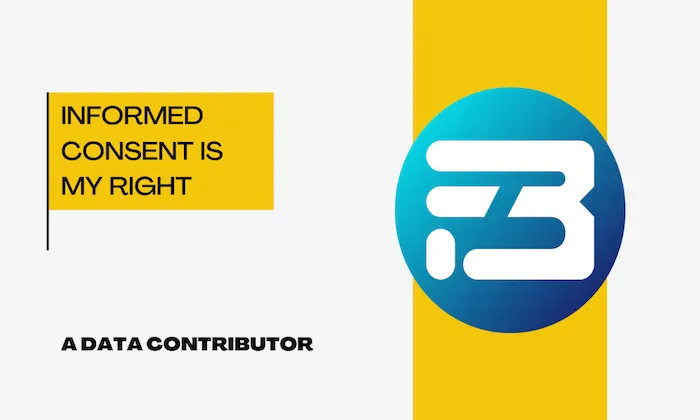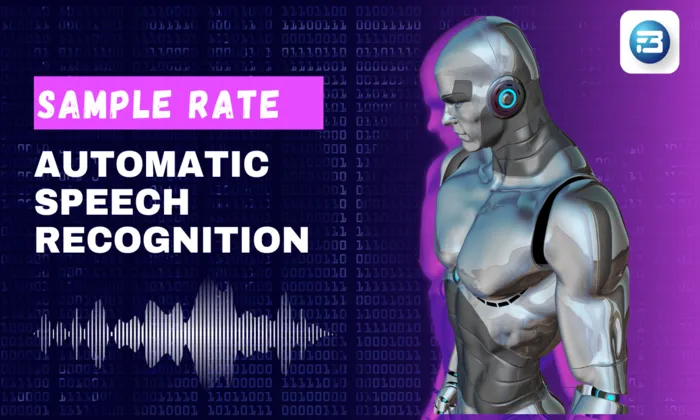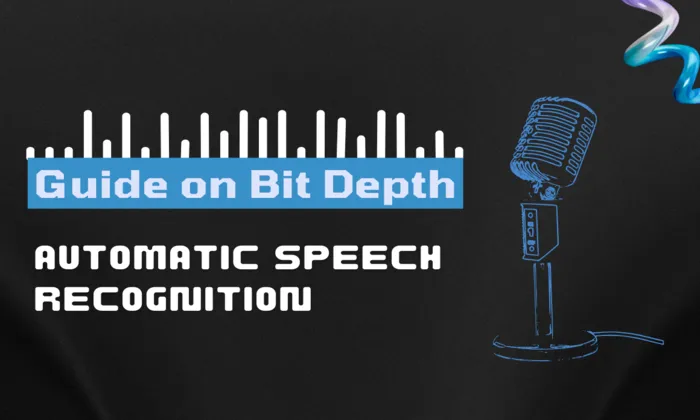How do you anonymize sensitive information in transcripts?
Data Anonymization
Legal
Transcription
Anonymizing sensitive information in transcripts is a vital practice, especially in healthcare, to ensure data privacy and compliance with regulations like HIPAA. This process is essential not only for safeguarding patient confidentiality but also for enabling the use of data in research and AI model training without compromising individual privacy.
Why Anonymization is Critical in Data Management
Anonymization is crucial because it protects personal and health information from unauthorized access and misuse. By complying with regulations such as HIPAA, organizations can avoid severe legal consequences and maintain patient trust. Moreover, anonymized data supports research and development in medical fields, allowing for innovations without the risk of exposure.
Steps in the Anonymization Process
1. Identifying Sensitive Information
The initial step involves pinpointing what needs protection. This includes:
- Names: Full names or identifiers like initials.
- Dates: Birthdates or treatment dates that could reveal identities.
- Contact Details: Addresses, phone numbers, and emails.
- Medical Records: Any health-related details.
2. Methods of Anonymization
Several techniques can be applied to anonymize data effectively:
- Redaction: Removing identifiable details and replacing them with placeholders like [NAME] or [DATE].
- Generalization: Using broader terms instead of specific details, such as referring to age ranges instead of exact ages.
- Tokenization: Substituting sensitive information with tokens that can only be traced back by authorized personnel.
- Data Masking: Altering data so that the original cannot be reconstructed, for example, changing an address to a generic label.
- Pseudonymization: Replacing identifiers with fictitious names or codes, keeping the data usable but anonymous.
Considerations for Effective Anonymization
When implementing anonymization, it's important to balance data utility with privacy. Over-anonymization can render data useless, while under-anonymization risks privacy breaches. Adhering to compliance standards and conducting thorough quality checks are essential to ensure effectiveness.
Automated tools and frameworks can enhance this process by providing robust support for redaction and pseudonymization, making it easier to comply with regulations like HIPAA.
Common Pitfalls and How to Avoid Them
- Incomplete Anonymization: Ensure regular audits and updates to catch all sensitive information.
- Over-Redaction: Avoid losing data context by carefully assessing what needs anonymization.
- Neglecting Metadata: Remember that metadata can contain sensitive information and should be anonymized as well.
In conclusion, anonymizing sensitive information in transcripts is an indispensable part of managing medical data responsibly. By following structured processes, employing effective methods, and staying compliant with regulations, organizations can protect sensitive information while leveraging data for valuable insights. This not only ensures compliance but also strengthens trust with patients and partners.
Smart FAQs
Q. What tools can help automate the anonymization process?
A. Tools like FutureBeeAI's Yugo platform can aid in automating data anonymization, offering features for redaction, pseudonymization, and compliance checks.
Q. How can organizations maintain the balance between data utility and privacy?
A. By implementing a combination of anonymization techniques and conducting regular audits, organizations can ensure that data remains useful for analysis while maintaining privacy. Additionally, leveraging AI data collection practices can further enhance data management strategies.
What Else Do People Ask?
Related AI Articles
Browse Matching Datasets
Acquiring high-quality AI datasets has never been easier!!!
Get in touch with our AI data expert now!








